-
Flight: Ktm-Lua-KTM
-
Moderate
-
Teahouse
-
Everest
-
September to May
Everest is more than a mountain, and reaching its base camp is more than a trek. Everest Base Camp Journey ( EBC Trek) is one of the best treks in the world. The world’s highest mountain, Mt.Everest (29,029 ft/ 8,848.68m) is centered in this trek. Every turn in the trail, termed “the stairs to paradise” by some, offers another photo opportunity: gorgeous woods, Sherpa communities, glacier moraines, and slopes.
The high-altitude trek through the Sherpa country area brings you to the base of the world’s tallest peak passing through hilltop monasteries, Himalayan market towns, and craggy peaks. These give vibes of a path following the footsteps of famous mountaineers Edmund Hillary, Tenzing Norgay the early pioneers. Eventually, make your way to the iconic starting point for all Everest expeditions.
Explore the challenging trekking trails around the world’s tallest peak for jaw-dropping beauty and a once-in-a-lifetime cultural experience. Nepal Social Trek offers you a 12 days trek, which is undoubtedly one of the best walks on the earth.
Why you’ll Love This Trek!
- You’ll get the chance to explore the adventure flight to Lukla Airport (2,845m), one of the uttermost airports in the world
- Explore making a short trek of 12 days with your own kind of accommodations feasible on your own in Kathmandu.
- Opportunity to learn about the Sherpa people’s culture and way of life.
- The spectacular view of the world’s highest peak, Mt.Everest 8,848.68m 29,029ft.
- Stunning views of other peaks such as Mt.Lhotse (8,516m), Cho-Oyu (8,201m), and Mt.Makalu (8,463m)
- Wide range of flora and fauna
- The breathtaking sight in the entire trail along with Khumbu Icefall and Khumbu Glacier (4,900m) will catch your eyes
- Takes you to the world’s most famous viewpoint, Kala Patthar (5643m).
- Relish a 360- degree panoramic view of Mt.Everest, Pumori, Lingtren, Nuptse, and Changtse.
- Most amazing sunshine emerged over the high Himalayas.
This is a short version of our Regular 15 Days Everest Base Camp Trek. If you would like to join our trekking part only and you want to take care of Kathamndu hotel and logistics then this 12 days Short Everest Base Camp Trek is a great choice for you.
12 Days Everest Base Camp Short Trek Itinerary
| Day | Description | Altitude (Meters) | Trekking Duration |
| 1 | Morning Flight to Lukla (2,840m) and Trek to Phakding | 2,610 | 4 hours |
| 2 | Trek from Phakding to Namche Bazaar | 3,440 | 6 hours |
| 3 | Acclimatization Day at Namche Bazaar | 3,440 | N/A |
| 4 | Trek from Namche Bazaar to Tengboche | 3,860 | 5 hours |
| 5 | Trek from Tengboche to Dingboche | 4,410 | 5 hours |
| 6 | Acclimatization Day at Dingboche | 4,410 | N/A |
| 7 | Trek from Dingboche to Lobuche | 4,910 | 4.5 hours |
| 8 | Trek from Lobuche to Gorak Shep and Excursion to Everest Base Camp (5,364m) | 5,140 | 7 hours |
| 9 | Morning Hike to Kala Patthar (5,643m) and Trek to Pheriche | 4,270 | 7-8 hours |
| 10 | Trek from Pheriche to Namche Bazaar via Tengboche | 3440 | 7 hours |
| 11 | Trek from Namche Bazaar to Lukla | 2,840 | 6 hours |
| 12 | Fly from Lukla to Kathmandu | 1,350 | 40 mins |

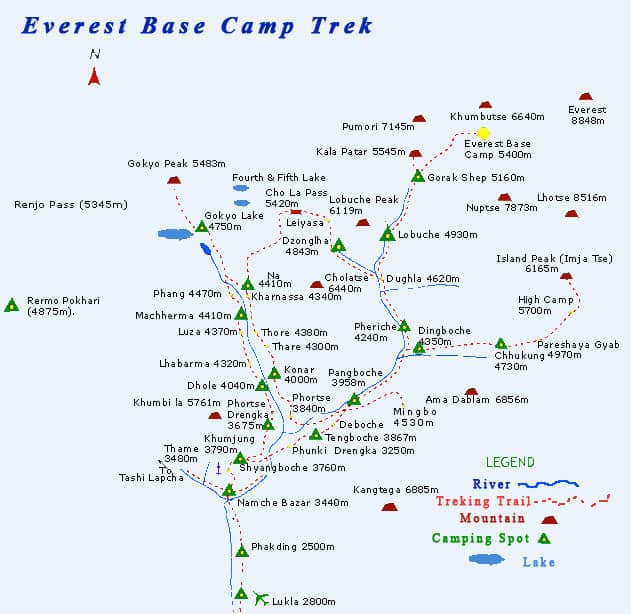
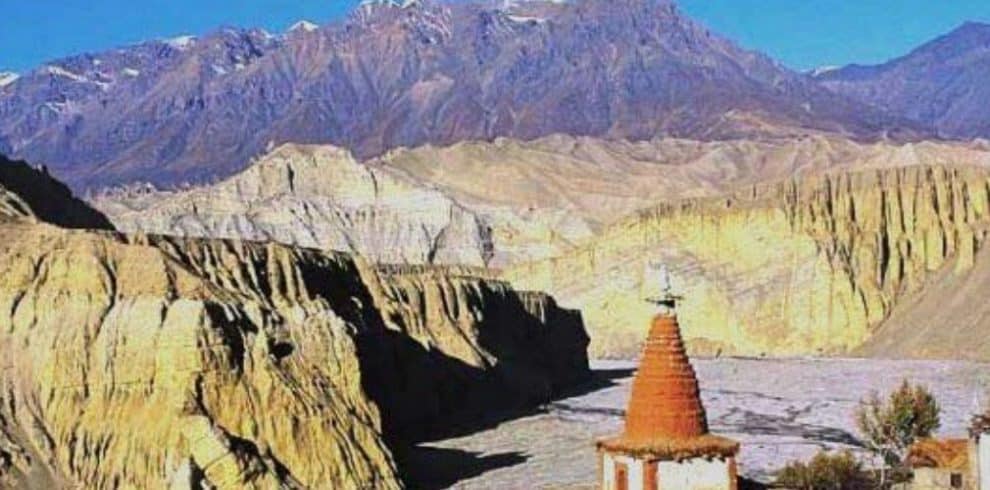
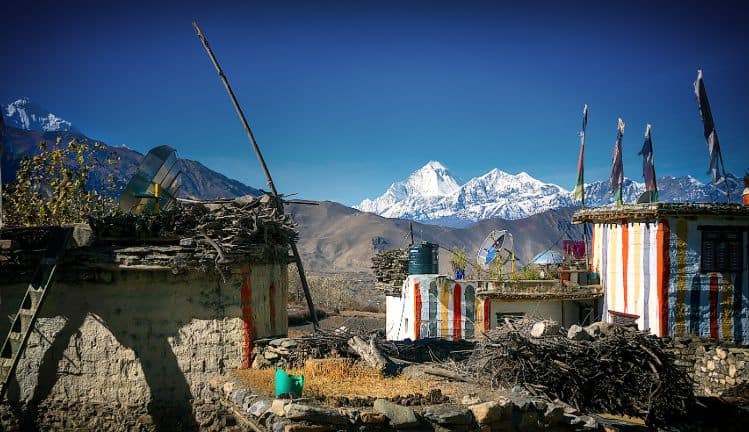
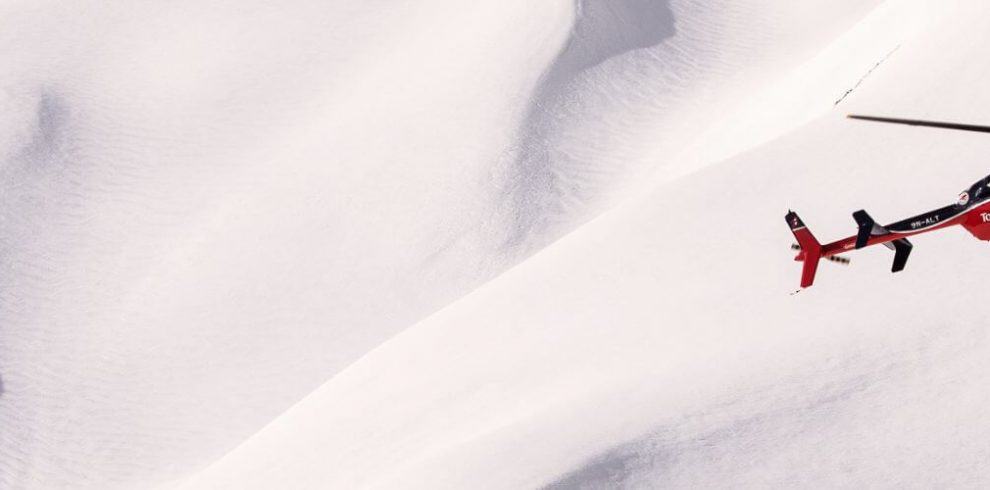
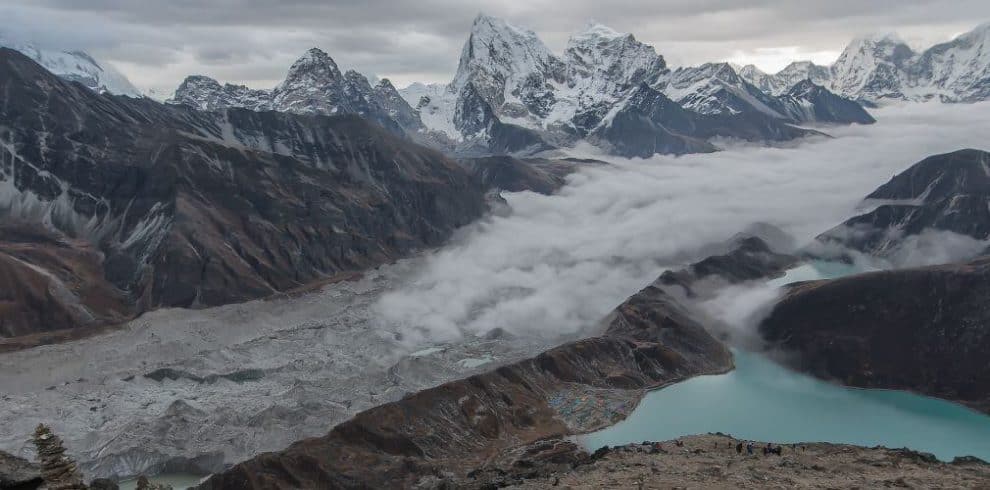


Write a Review